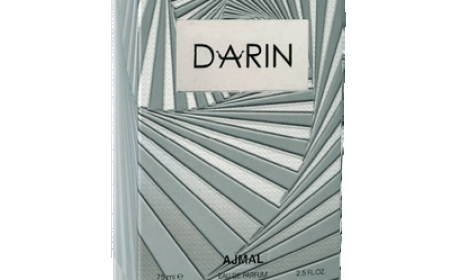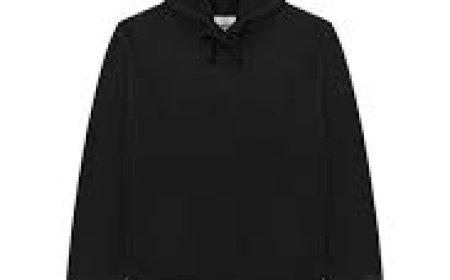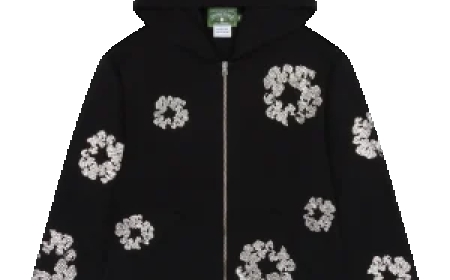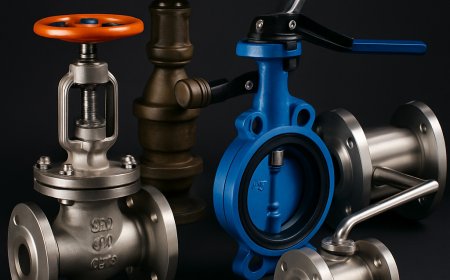The Ultimate Guide to Tree Pruning: Techniques, Benefits & Timing
Tree pruning isn’t just about appearance—it’s about safety, health, and sustainability. Whether you're shaping your backyard oak or managing storm damage, knowing when and how to prune makes all the difference. With the right tools and techniques, you can help your trees live longer, look better, and thrive through every season.
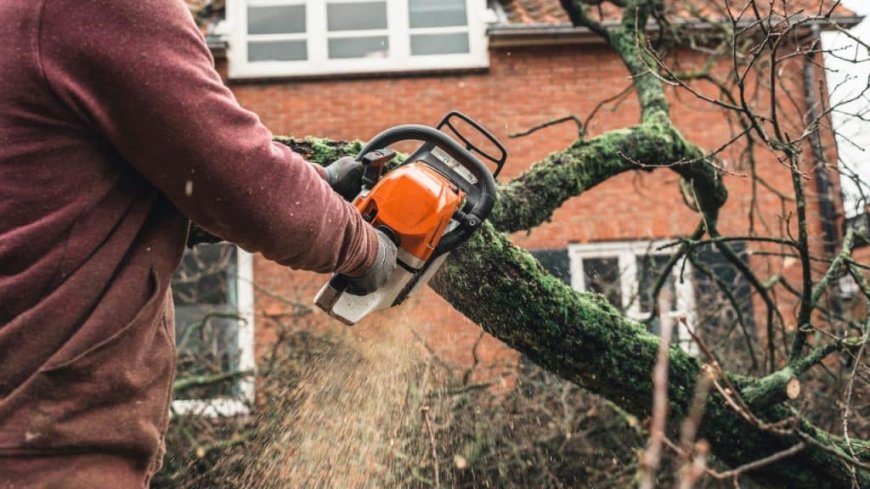
Tree pruning is the art (and science) of selectively removing specific branches or stems to benefit the entire tree. Whether it's cutting off dead limbs, shaping growth, or preventing hazards, pruning helps trees grow stronger, healthier, and more beautiful.
Why Pruning is Essential for Trees
Think of pruning like a good haircutcutting away the excess allows for better growth and a tidier appearance. Without regular pruning, trees can become overgrown, sickly, or dangerous.
Benefits of Tree Pruning
Promotes Healthy Growth
By removing dead, dying, or diseased branches, pruning gives trees the energy to grow new, healthy limbs. It prevents infections from spreading and directs nutrients where they're needed most.
Enhances Tree Appearance
Lets be realnobody wants a messy, overgrown tree in their yard. Pruning helps maintain a pleasing shape, making your landscape look polished and well-kept.
Prevents Potential Hazards
Low-hanging or unstable branches can be serious safety risks. Regular pruning reduces the chance of branches falling on people, cars, or property.
Increases Sunlight and Air Circulation
Thinning out a dense canopy allows light to filter through and air to circulate, both of which are vital for tree and undergrowth health.
When is the Best Time to Prune Trees?
Seasonal Tree Pruning Guide
-
Winter (Dormant Pruning): Best for most trees. Pruning while the tree is "asleep" encourages vigorous growth in spring.
-
Spring: Light pruning is okay, especially for flowering trees after they bloom.
-
Summer: Ideal for slowing growth or removing defective limbs.
-
Fall: Generally not recommendedtrees are preparing for dormancy and wounds may heal slowly.
Signs That Your Tree Needs Pruning
-
Dead or hanging branches
-
Tree looks unbalanced or crowded
-
Branches are interfering with power lines
-
Signs of disease (like fungus or rot)
Types of Tree Pruning
Crown Thinning
This technique removes selective branches to allow better light and air flow.
Crown Raising
Removes lower branches to clear space beneath the treefor visibility or lawn maintenance.
Crown Reduction
Reduces the height or spread of a tree, often used to keep trees away from buildings or power lines.
Deadwooding
Eliminates dead branches to improve safety and tree health.
Pollarding
A drastic pruning method where upper branches are regularly removed to maintain shape and sizecommon in urban environments.
Tools Needed for Effective Pruning
Must-Have Hand Tools
-
Hand pruners: For small twigs and branches
-
Loppers: For thicker branches (up to 2 inches)
-
Pruning saw: For large branches
-
Pole pruners: For high branches
Safety Equipment for Tree Pruning
-
Safety glasses
-
Gloves
-
Hard hat (especially for larger trees)
-
Ladder or tree climbing gear (only if trained!)
How to Prune Trees Properly (Step-by-Step)
Step 1: Inspect the Tree
Before grabbing tools, take a moment to observe your tree. Look for problem branches or areas of congestion.
Step 2: Identify Branches to Remove
Focus on dead, diseased, or crossing limbs. Also target limbs growing toward the center of the tree.
Step 3: Make Clean Cuts
Cut just outside the branch collar without leaving a stub. Clean cuts heal faster and are less likely to get infected.
Step 4: Disinfect Tools Between Trees
To prevent disease spread, always clean your tools when moving from one tree to another.
Common Tree Pruning Mistakes to Avoid
Over-pruning
Too much pruning can stress a tree and stunt its growth. Never remove more than 25% of the canopy in one go.
Improper Cutting Techniques
Avoid flush cuts (too close to the trunk) and leaving long stubsboth can cause decay or disease.
Pruning at the Wrong Time of Year
Cutting at the wrong time can invite pests or delay healing. Always consider the species and season.
Pruning Different Types of Trees
Deciduous Trees
Prune in late winter for best results. These trees drop their leaves in fall and benefit from dormant-season cuts.
Evergreen Trees
Prune lightly and only when necessary. These are slow to heal and grow more slowly.
Fruit Trees
Regular pruning increases fruit production and quality. Best done in late winter or early spring.
Flowering Trees
Time your cuts based on blooming cycleafter blooming for spring bloomers; late winter for summer bloomers.
Tree Pruning and Tree Health
How Pruning Helps Disease Management
Removing diseased limbs prevents infections from spreading. It's like giving your tree a health boost.
Boosting Growth Through Strategic Cutting
Pruning directs growth, encouraging fuller canopies, stronger limbs, and better structure over time.
DIY Pruning vs. Hiring a Professional
When to Call an Arborist
-
Large trees near power lines
-
Trees with signs of disease
-
When unsure of what to cut
Risks of DIY Tree Pruning
Falls, poor cuts, or spreading disease are real risks. If you're not confidentcall a pro.
Legal and Environmental Considerations
Local Tree Protection Laws
Some cities or neighborhoods have rules on tree cuttingespecially with native or protected species.
Sustainable Pruning Practices
Avoid over-pruning, don't damage wildlife habitats, and always clean up responsibly.
Tree Pruning for Landscape Aesthetics
Shaping Trees to Fit Design
Strategic pruning can frame a view, balance a yard, or spotlight a garden feature.
Balancing Beauty and Health
Don't sacrifice health for looks. A well-pruned tree is both attractive and thriving.
Tree Pruning After Storm Damage
Safety Tips After Severe Weather
Inspect from a distance first. Dont go near dangling limbs or downed power lines.
Restoring Damaged Trees
Clean broken limbs with proper cuts. Remove hanging branches ASAP and give the tree time to recover.
Conclusion
Tree pruning isnt just about appearanceits about safety, health, and sustainability. Whether you're shaping your backyard oak or managing storm damage, knowing when and how to prune makes all the difference. With the right tools and techniques, you can help your trees live longer, look better, and thrive through every season.
FAQs About Tree Pruning
1. How often should I prune my trees?
Most trees benefit from annual inspection and pruning every 13 years, depending on their growth rate and type.
2. Can I prune trees in summer?
Yes, especially for removing dead branches or controlling growth. Just avoid heavy pruning during extreme heat.
3. What's the difference between pruning and trimming?
Pruning targets tree health and structure, while trimming is usually for aesthetic shaping and minor cuts.
4. Do I need a permit to prune a tree on my property?
Check with local authoritiessome areas require permits for protected or large trees.
5. Will pruning make my tree grow faster?
Yes, strategic pruning can stimulate growth by redirecting energy to healthy limbs and new shoots.






